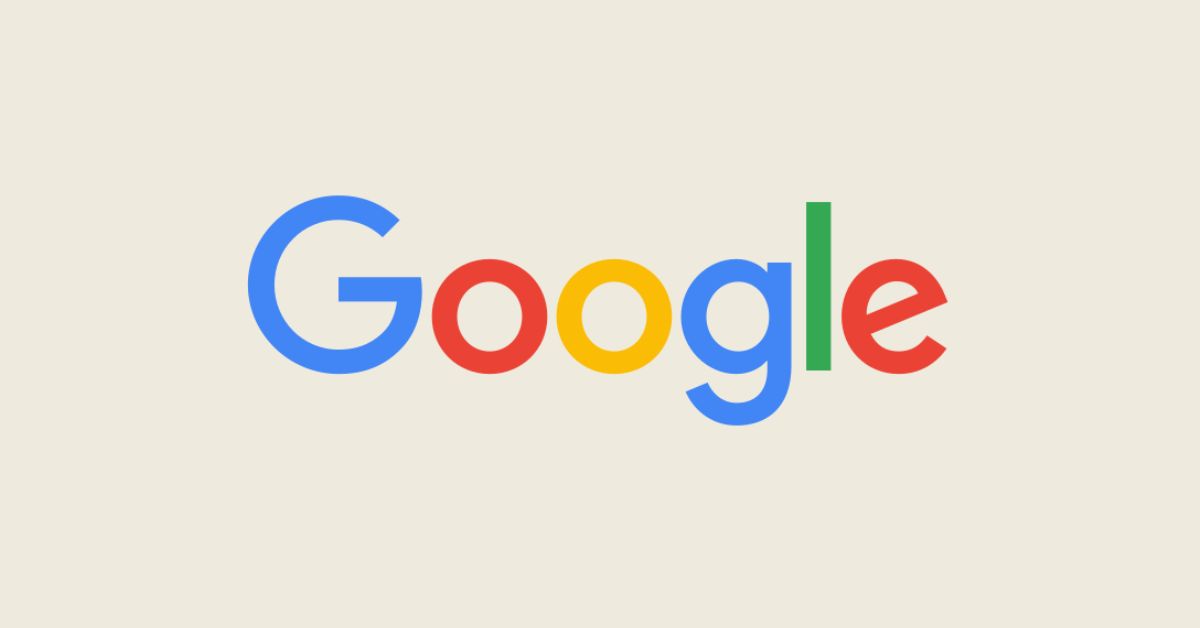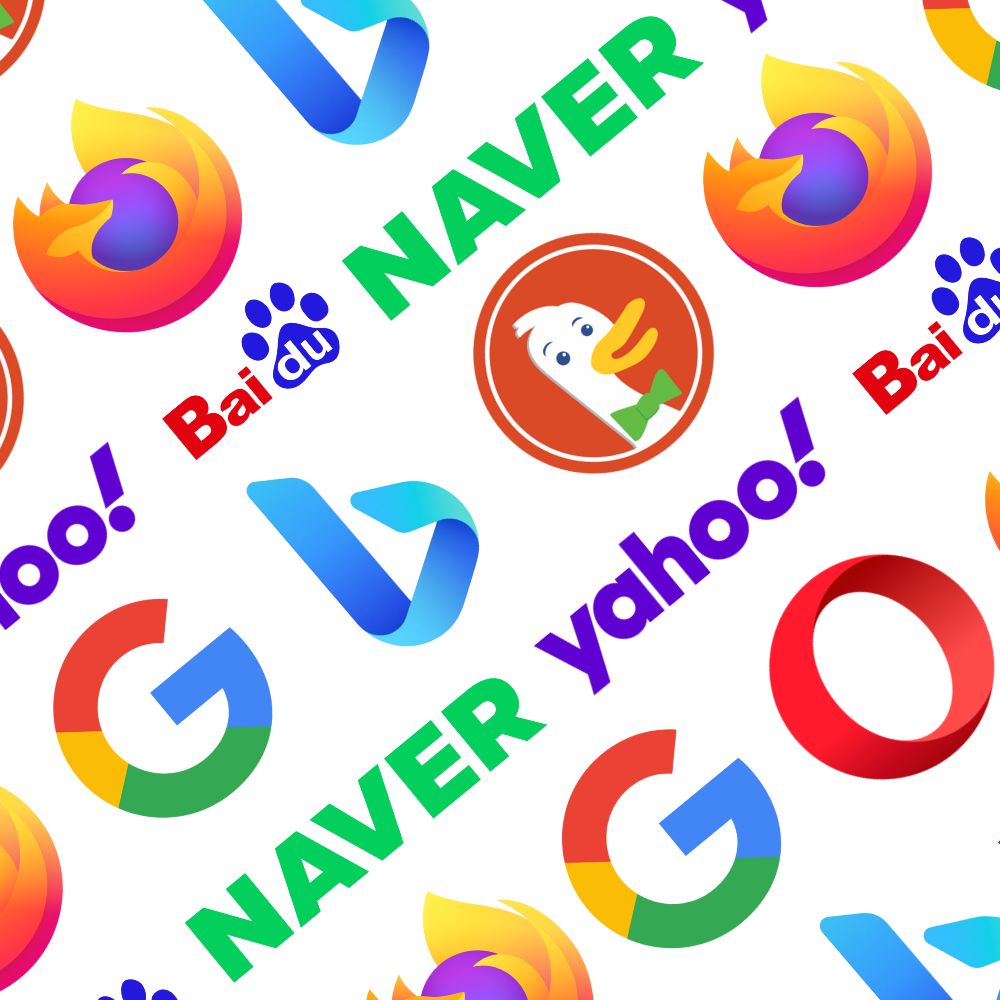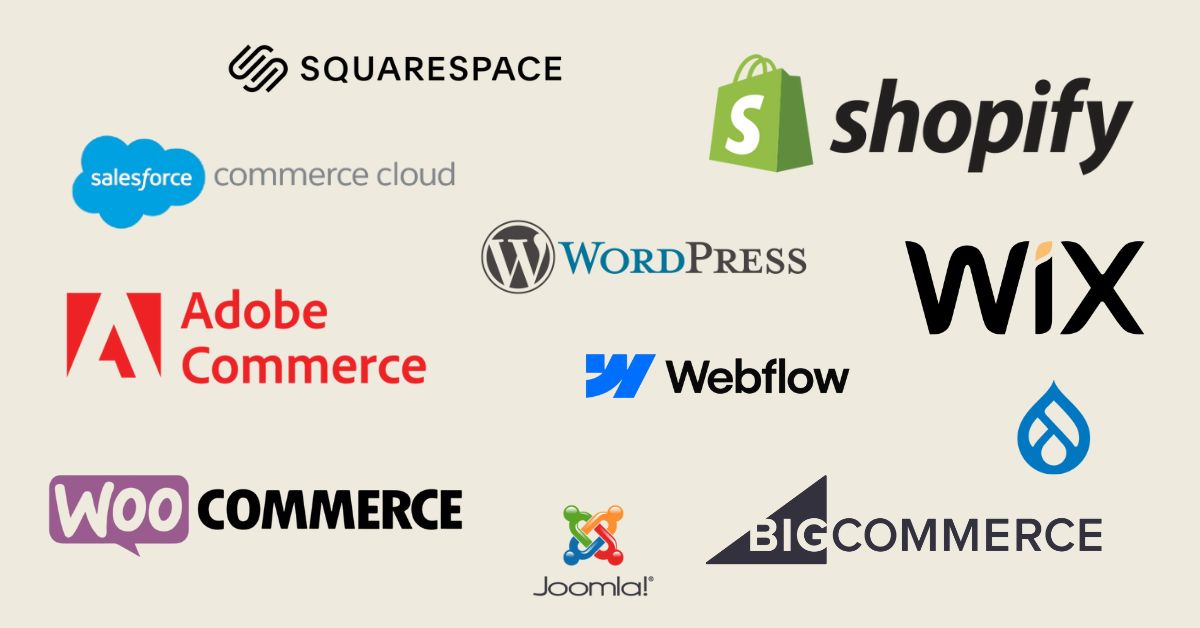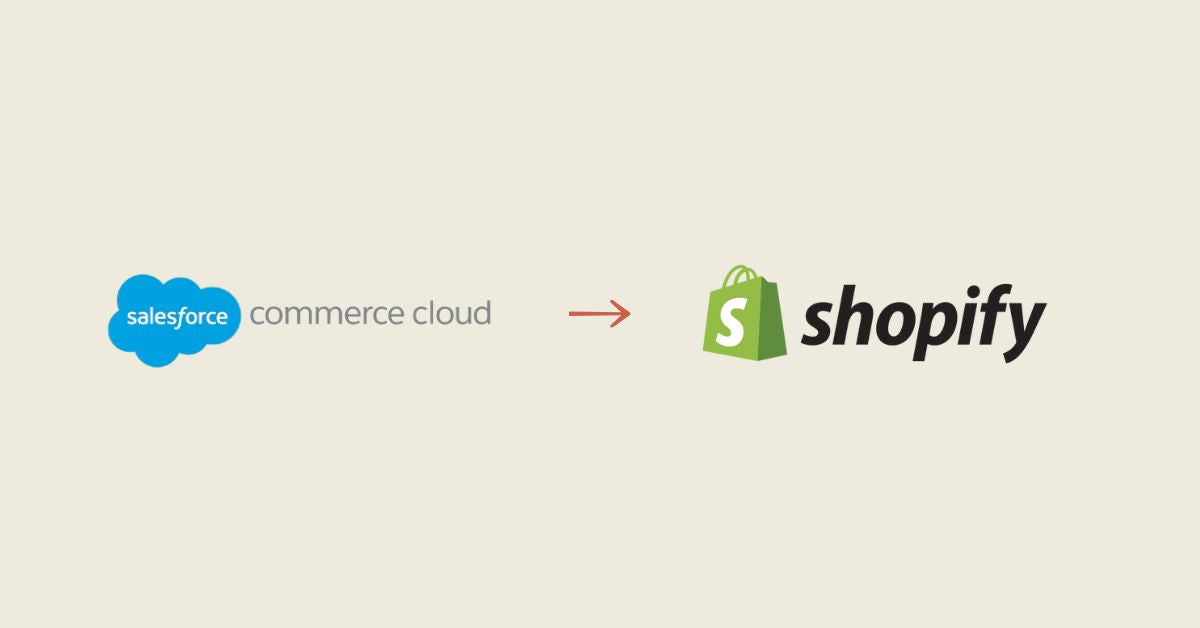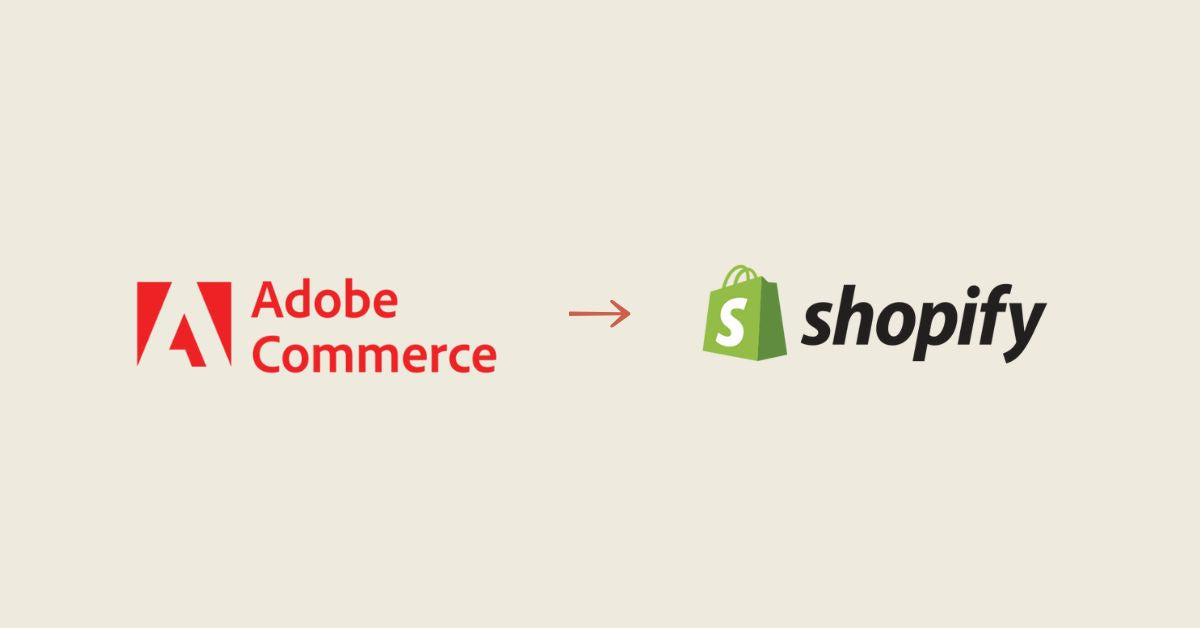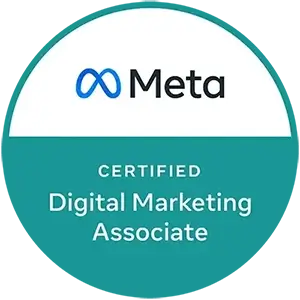Understanding the update, its SEO impacts, and how to use it for performance
Google recently rolled out a major new feature in Search Console: Query Groups . From a technical, strategic, and business perspective, this update fundamentally changes how we analyze search intent and attribute SEO performance to content. For performance-driven marketing teams like Bofu, it's one of the most valuable developments in recent years because it finally brings SEO data closer to the reality of the modern customer journey.
What is a Query Group and why did Google create it?
A Query Group is an automatic grouping of similar or semantically related queries. Instead of having to analyze 20, 40, or even 200 variations of queries around the same topic, Google now groups them all under a single intent.
This is part of a strong trend: Google is no longer just analyzing words, but also intentions, contexts, and user profiles. It's a direct response to the rise of generative AI, where searches are becoming longer, more complex, and more conversational.
Google has officially confirmed the update here:
https://developers.google.com/search/blog
Why Query Groups are changing SEO work
Marketing teams have long struggled with a reality: vast amounts of raw data that were difficult to segment, endless queries, and variations that obscured analysis. Query Groups simplify everything:
• They reduce noise to allow analysts to focus on what matters.
• They better reflect how Google “understands” a topic.
• They make it easier to link SEO and commercial performance.
For a performance-oriented agency like Bofu, this accelerates diagnostics, strengthens the relevance of the content to be produced, and makes it more obvious to identify growth opportunities based on real demand.
How Query Groups Improve Decision-Making for Marketing Teams
Query groups allow you to better visualize the dominant search intent behind a page or an entire category. This becomes particularly useful for:
• Identify the pages that capture the most different intentions.
• Adjust the content offering according to the actual demand.
• Understand where your site can quickly gain SEO market share.
• Better prioritize writing or technical efforts.
Furthermore, by combining Query Groups with an omnichannel approach, we can finally clearly measure the moments when organic search feeds into paid campaigns, remarketing sequences, or acquisition efforts higher up in the funnel.
What this means for your product and service content
For businesses, this is an opportunity to align content with the key intentions observed in GSC.
For example :
• A service page can attract several "clusters" of intent. By observing these groups, we can decide to create a more specific additional page or enrich the existing content.
• A product page can capture informational, comparison, and transactional intent. Query groups allow you to see which ones you're capturing and which ones you're losing.
This allows for the creation of more complete, more targeted and more effective content for each identified intention.
The direct link with generative AI, redesigned SERPs, and omnichannel performance
The rise of enterprise content management systems (ECMS), AI responses, conversational assistants, and AI engines (like GPT-Search) is pushing the entire industry to better structure its content.
Query Groups become a mirror of what AI understands as “a single question from a user”.
In other words:
If Google groups 35 different queries under the same intent, generative AI will do the same.
If your content is among the best for this intent, you will be cited in AI SERPs, assistants, and generated summaries.
This is the basis of GEO (Generative Engine Optimization) and AEO (Answer Engine Optimization).
How to use Query Groups in a comprehensive acquisition strategy
Query Groups strengthen three key areas for an agency like Bofu:
• The ability to prioritize pages that generate revenue.
• Optimizing the “match” between supply and actual demand captured organically.
• Improving collaboration between SEO, SEA, content and data.
This is the first time that Search Console has become a true business strategy tool rather than just an SEO dashboard.
Where to find and how to work effectively with Query Groups
Google has documented the feature here:
https://support.google.com/webmasters/answer/11576851
For further analysis, here are some reliable external resources:
• Search Engine Journal – update analysis: https://www.searchenginejournal.com
• Search Engine Land – explanation of intentions: https://searchengineland.com
• Official Google documentation on semantic grouping:
https://ai.google
For implementation in your company, Bofu offers an analysis methodology based on GSC and intentions:
https://bofu.ca/blogs/marketing/guide-google-search-console
Conclusion: Why this update is crucial for brands
Query Groups are transforming the way Google reads the web, classifies intent, and assigns value to content.
This is a structural change, not a cosmetic feature.
Brands that adapt will be able to:
• produce content more aligned with demand,
• appear more frequently in AI responses,
• strengthen their organic acquisition,
• and to fuel their paid campaigns with more precise intent data.
The others will continue to navigate an ocean of raw data without understanding what Google is really trying to tell them.



